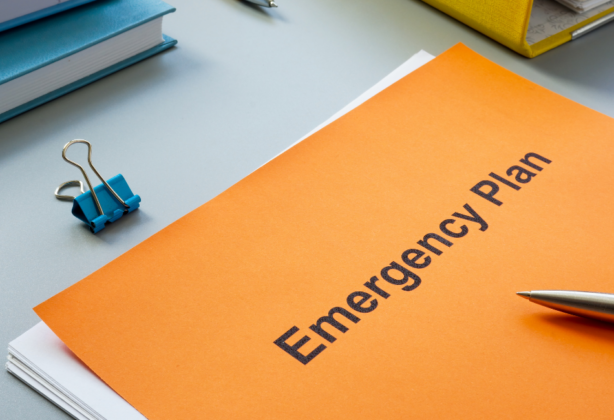The National Emergency Response and Recovery Training Center, through the Texas A&M Engineering Extension Services (TEEX) will be hosting two in-person trainings in Sioux Falls.
Medical Preparedness & Response for Bombing Incidents will be held March 26 – 27 and Medical Countermeasures: Point of Dispensing (POD), Planning and Response will be held May 28-29. Both sessions are being held at the Public Safety Center, 4300 East 60th Street, Sioux Falls. More information on each session is available below.
March 26-27, 2025 | Medical Preparedness & Response for Bombing Incidents
This course is intended for members of emergency response as well as other city and county services that become a part of a community response to a bombing incident. This interactive, instructor facilitated program employs case studies, lessons learned, validated medical data, and potential threats to the communities we serve. Sessions will address planning considerations and concerns specific to medical responders, law enforcement, and emergency planners, with an intended outcome of integrating incidents of an explosive nature to existing plans. This will enhance community preparedness by identifying areas to address when attendees return to their jurisdiction.
- Terrorism Target Identification
- Types of Terrorism
- Explosive Characteristics and Behaviors
- Homemade Explosives
- Pre-attack Indicators
- Blast Injury Pattern Recognition
- Explosive Incident Triage Considerations
- Pre- and Post-Detonation Response
- Planning and Command Considerations
- Understanding Local/State/Federal Resources
Upon successful completion, you will be able to:
- Know how to apply the lessons learned from the London Transit System and Boston Marathon bombings to help prevent and/or respond to a possible local bombing incident.
- Identify and explain the threats posed by terrorists’ use of explosives against U.S. domestic targets.
- Identify commonly used explosives, explosive devices, and basic blast physics.
- Recognize and identify indicators of an imminent attack.
- Safely conduct appropriate preventive, preparatory, and response actions during both the pre-detonation and post-detonation periods of a bombing incident.
- Recognize bombing injuries and identify appropriate triage and assessment modalities.
- Discuss key planning considerations as they relate to evolving terrorist tactics.
- Nurses Association (ENA)
- American Academy of Family Practitioners (AAFP)
- Texas Commission on Law Enforcement (TCOLE)
- Texas Department of State Health Services (DSHS)
- International Association of Emergency Managers (IAEM)
To Learn more, click here to access the flyer. Register for this session by clicking here.
Topics
- Category A, B, C Agents, natural hazards, man-made, or terrorism events.
- Point of Dispensing Command Structure for planning, execution, and demobilization of a jurisdictional response
- Emergency Use Authorizations (EUA)
- Discussions as it applies to local Emergency Support Function (ESF-8 and ESF-6)
- Public Health Preparedness Capabilities
- Discuss the roles and responsibilities for local, state, and federal levels across a broad range of complex preparedness challenges related to medical countermeasures.
- Identify the different POD models and standards for selecting POD locations.
- Apply the POD command structure for initial planning, execution, and demobilization of a jurisdictional response in POD operations.
- Demonstrate the essential functions of POD setup and operations.
- Identify the planning and training needs to operate a POD site
The course is approved and accredited for continuing education hours for Nurses through the ENA (Emergency Nurses Association), Physicians through the AAFP (American Academy of Family Physicians) and EMS personnel through the Texas Department of State Health Services.
To learn more, click here to access the flyer. Register for this session by clicking here.




